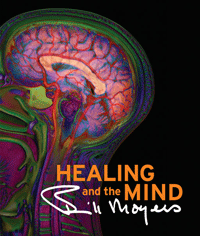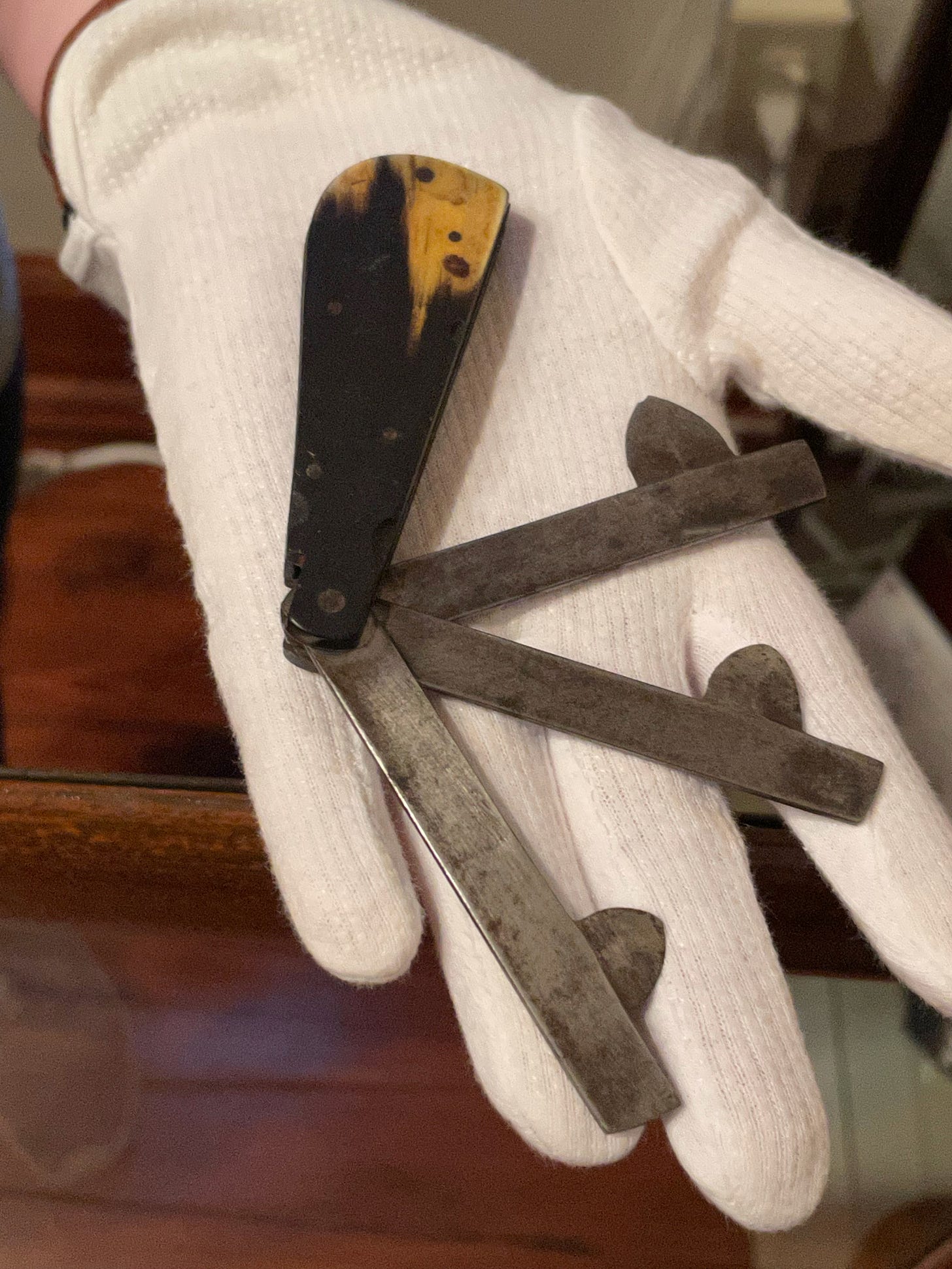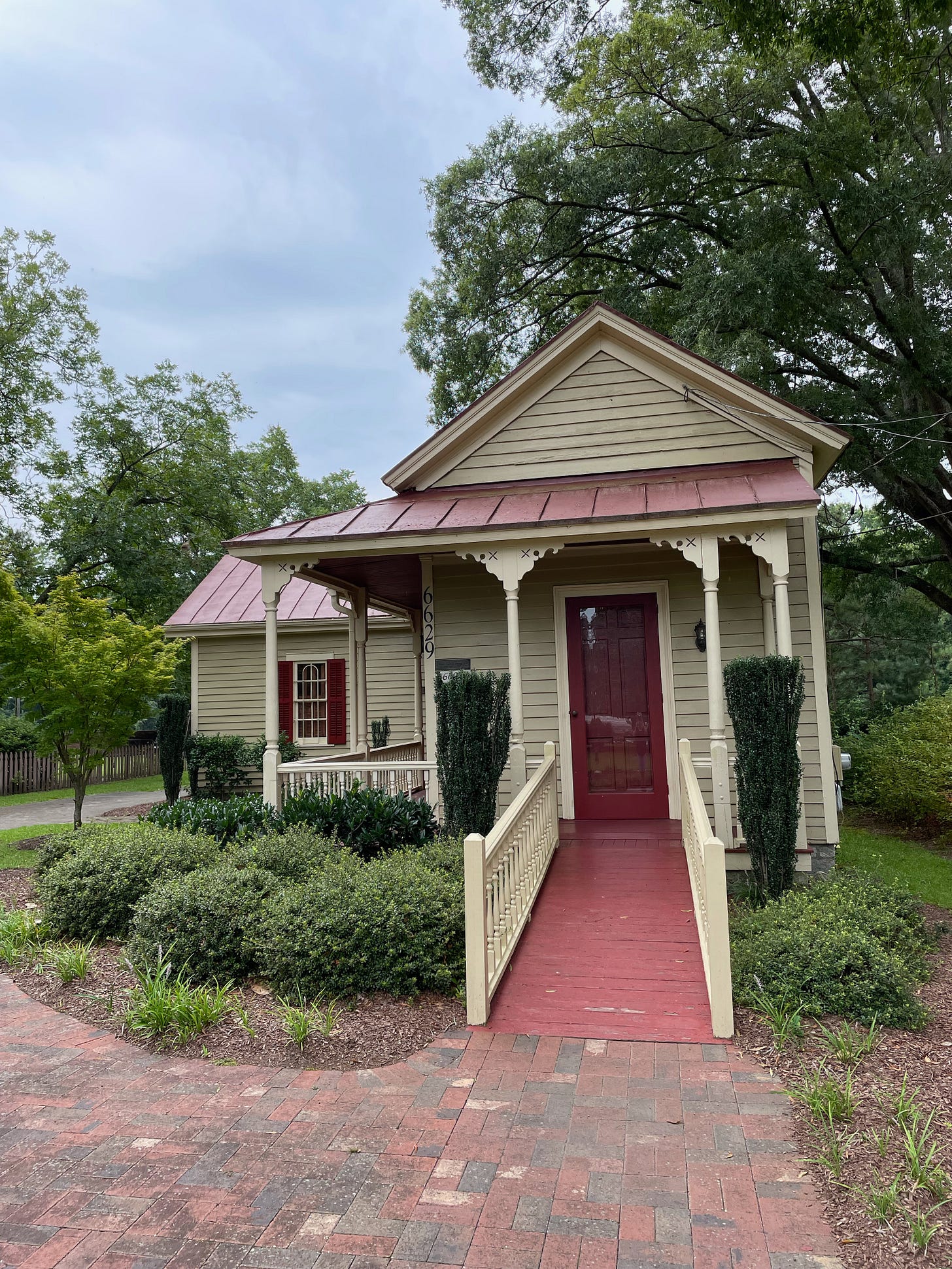Notes from Summer 2025
Bill Moyers died
He was the kind of journalist I would want to be, if I was a professional journalist — his beat was literally everything. Here’s how NPR put it in their obituary.
But it was for public television that Moyers produced some of TV's most cerebral and provocative series. In hundreds of hours of PBS programs, he proved at home with subjects ranging from government corruption to modern dance, from drug addiction to media consolidation, from religion to environmental abuse.
But it was this series that I had the most personal connection to.

He interviewed several University of Rochester faculty in the first episode, plus Marette Flies, the lupus patient who was the subject of the case study in the IGMS column I link to below. That clip is at the top of the story, and there’s a transcript.
Here’s one particularly timely story by Moyers associate Chris Mooney from 2014, about the cognitive differences of conservatives, who, then as now, were trying to pull the funding of any science they didn’t like.
All of this matters, of course, because we still operate in politics and in media as if minds can be changed by the best honed arguments, the most compelling facts. And yet if our political opponents are simply perceiving the world differently, that idea starts to crumble. Out of the rubble just might arise a better way of acting in politics that leads to less dysfunction and less gridlock…thanks to science.
Eleven years later, that doesn’t seem to be working out so well.
Original Post from 2021
Two weeks ago, my wife and I stopped in at the Country Doctor Museum in Bailey, NC. The signage leading to the museum was excellent. My wife has a thing about signage; she also has a thing about George Takei, so just imagine him reading the title of this particular newsletter, and add a couple of layers of baritone inuendo.
Arriving
The parking lot was also huge, and because of the time of day (and COVID), empty.
The office and gift shop are next to the parking lot and the Carriage House, which we’ll return to. The actual Museum building across the street is composed of two historical doctor’s offices moved from their original sites and sort of stapled together, that work having been done in part by none other than eventual outsider artist Vollis Simpson from last week’s newsletter (neat coincidence, huh?).
Bleeding & Purging

The cases in the first room, and the bottles on their shelves, were moved from an old pharmacy. Medicine in those days had theoretically moved on from the “four humours” model, but in practice there was still a lot of bleeding and purging, because that’s what doctors knew how to do, and old habits are hard to break. That’s one of three hypotheses in this paper. From their abstract:
Bloodletting — the practice of letting blood out to cure a patient — was for centuries one of the main therapies in the West. We lay out three potential explanations for bloodletting’s cultural success: that it was efficient, that it was defended by prestigious sources — in particular ancient physicians — and that cognitive mechanisms made it a particularly attractive practice.
They don’t seem to consider another, simpler modern explanation, that “cutting” releases endorphins, which reduce pain and anxiety, both clearly features of many different illnesses, no matter what culture or historical period you’re from.
There were any number of ingenious little blades and devices.

The Museum even had its own population of leeches, swimming fluidly around in their antique leech jar, latching onto the glass briefly with their sucker mouths. They are still used in rare cases, when a surgeon reattaches a finger, for instance, and wants to keep the blood from clotting until the arteries and veins seal themselves around the sutures completely. Otherwise the blood flow to the finger would be cut off by clots, and the finger would die. I knew that, but not how long the effect from their anticoagulant saliva lasts — the museum docent said hours, but most of the tightly controlled modern experiments I looked at on PubMed said about 20 minutes (probably dose-dependent).
What you may not know is that the “medicinal leech” is also a semi-popular model animal for neuroscience. They have simple nervous systems with big neurons that are relatively easy to stick with electrodes for recordings, and they live long enough out of water to do extended experiments. Like other worms, leeches also regenerate really well after nervous system damage, so they are used to study that process as well. My old friend Riccardo Mozzachiodi used to be a leech guy, back in Italy, before he jumped on the Aplysia bandwagon. If people were interested, I could drop him a line for an interview.
Medical Education 200 Years Ago
There was a good Secrets of the Dead episode called “Ben Franklin’s Bones” about a body dump that was found beneath the floor of his basement in London. No, he was not a serial killer. His landlady’s son-in-law was running an anatomy school.
Doctors in those days were sometimes trained in universities, where they could attend lectures and watch dissections performed by the experts of the day. The ticket below not only proved that they had paid, and were not sneaking in to access knowledge for free (so they were safe from the medical bouncers), it was also an early form of micro-credential.
These single tickets were stackable (like digital badges are, if done well) into larger units of credit that today we would equate with college course credits.

Would-be doctors could also apprentice themselves to working physicians, whether they held degrees or not. Having a degree in that day basically meant that you could charge more for your services, because you were literally more credible.
Herb Garden
There are disadvantages to herbal medicine. Dosages of active ingredients are hard to control precisely. The number of different active ingredients in an herb also may increase the chances of interactions with other herbs or drugs.
However, there may also be advantages. The chemical signaling networks inside and between cells are complicated and often redundant. Cancer is one example.

Another is that the animals that are chewing on plants have evolved multiple enzymes for detoxifying their food. A complex cocktail of compounds (as all living things like herbs must be) could be more effective in situations of redundancy.
Complex mixtures also have flavor and odor components that will be more effective at triggering placebo effects through classical conditioning. A few years ago now, in my column for the Intergalactic Medicine Show, I wrote about one of my favorite medical case studies, where a young girl’s lupus was put into remission with half the amount of toxic cyclophoshamide as usual through the successful use of a conditioning procedure.
The Carriage House
This building contained examples of the vehicles country doctors used for making house calls: a saddle, two carriages, and two cars, one a Model T with a hand crank.

They also had an iron lung stored here, because it was so heavy none of the floors in the other buildings could support it.

These were only a few of the things we saw at the Country Doctor Museum, which started out as a local nonprofit and is now owned and run by the East Carolina University medical library, which is where most of the document collection is stored (if you’re into archival research).
The buildings in Bailey are open for tours Tuesday-Friday 10am-4pm, and were well worth the hour and a half we spent there. Much cooler than we were expecting from such a small place.






